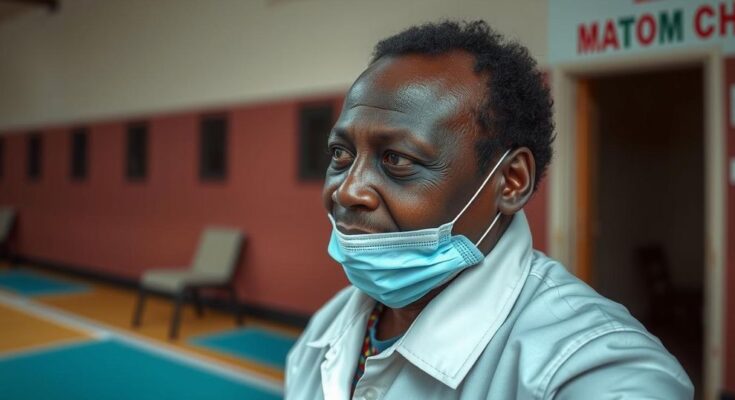A mystery disease outbreak in the Democratic Republic of Congo has raised concerns following numerous deaths. Health officials face challenges in identifying the pathogen due to limited lab capacities. The WHO’s initiatives, including the 7-1-7 program, aim to expedite outbreak responses but face hurdles in effectiveness. This situation emphasizes the critical need for improved global health surveillance to mitigate the risks of future infectious disease outbreaks.
A recently emerged ‘mystery disease’ in the southwestern Democratic Republic of Congo (DRC) has resulted in numerous fatalities, prompting urgent investigations by health officials. Initial assessments consider common pathogens endemic to the region, yet detecting the causative pathogen poses challenges due to the limited capacity of local medical laboratories, which focus primarily on prevalent diseases. Rare pathogens may necessitate testing in specialized labs, potentially located abroad, where international regulations on biological samples complicate matters.
Another critical issue is accurately determining the outbreak’s scale. Many cases may go unreported, as patients in remote areas often encounter obstacles in accessing healthcare. Moreover, limitations such as inadequate staffing further hinder the process, delaying timely detection and response. This situation is not unique to the DRC; trends such as climate change and urbanization contribute to increased incidences of infectious diseases globally, underscoring a broken global surveillance system.
To address these challenges, the World Health Organization (WHO) has initiated several programs, including the 7-1-7 initiative, which aims to streamline outbreak detection and response within tight timelines. While initiatives such as Integrated Disease Surveillance and Response (IDSR) promise better coordination and efficiency, the effectiveness of these strategies remains uncertain, highlighting the urgent need for improvements in global health surveillance. Without these enhancements, the potential for delayed responses to future pandemics remains a significant concern.
The emergence of infectious diseases such as the recent mystery illness in the Democratic Republic of Congo points to systemic issues in global health surveillance and response mechanisms. With many poorer countries facing limitations in their health systems, understanding and addressing outbreaks becomes increasingly complex. The DRC exemplifies how local healthcare challenges, including inadequate laboratory capabilities and limited access to medical facilities, severely impact disease detection and management. Furthermore, global factors such as climate change and urban encroachment exacerbate the risks of spillover pathogens, making proactive surveillance essential.
In summary, the recent outbreak of a mystery disease in the DRC has highlighted significant gaps in health infrastructure and disease surveillance. Despite concerted efforts by organizations like the WHO, addressing such crises remains a formidable challenge, necessitating enhanced coordination and rapid response capabilities. Without these improvements, the risk of failing to detect future pandemics in their early stages looms significantly.
Original Source: www.downtoearth.org.in




